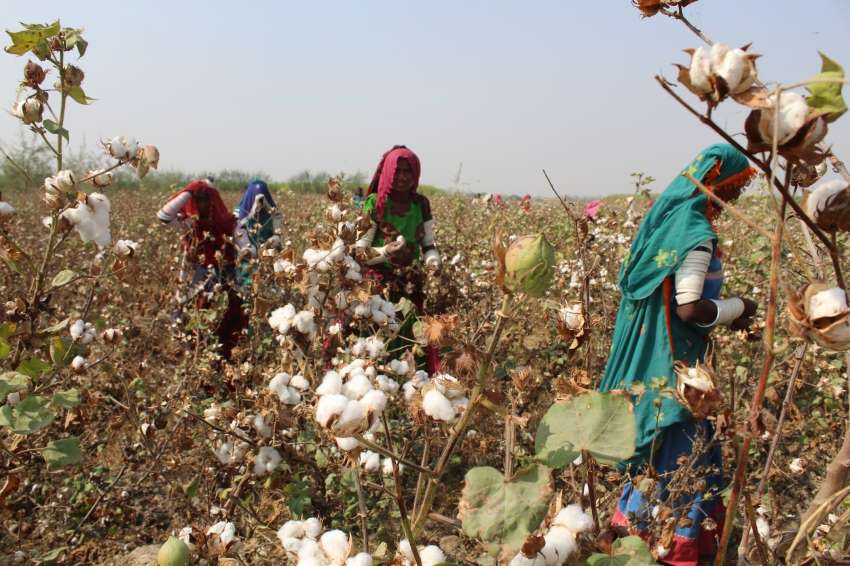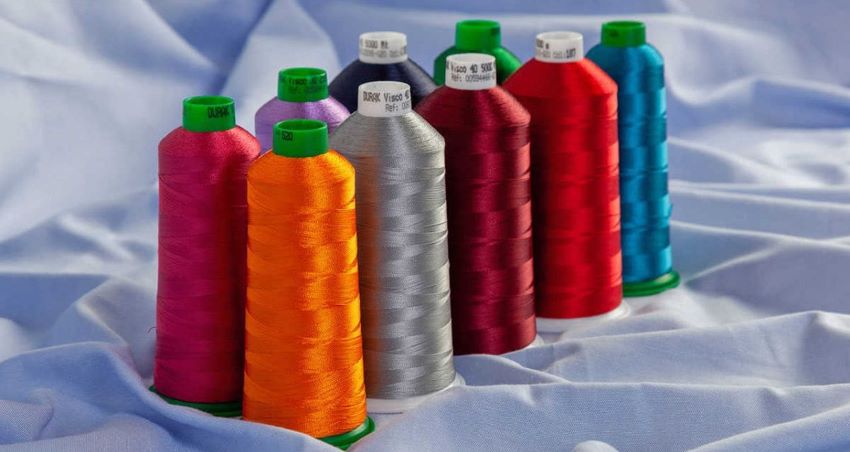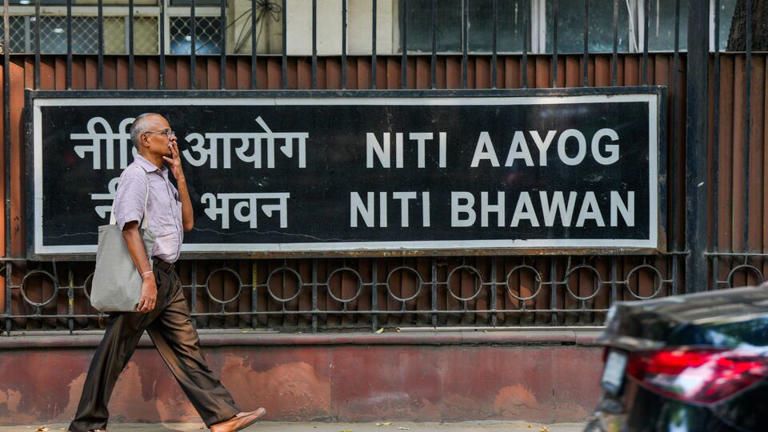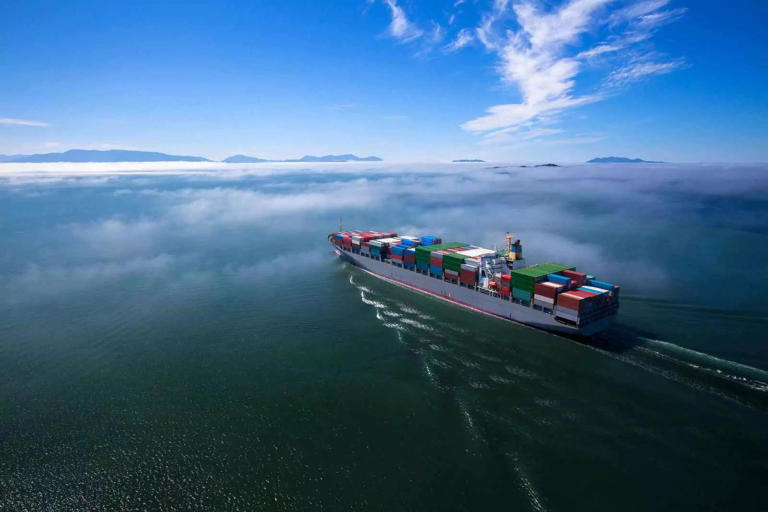FW
Ahead of the second anniversary of the deadly Rana Plaza building collapse in Bangladesh, some victims are still awaiting compensation. Hence, the Business Social Compliance Initiative (BSCI), the Ethical Trading Initiative (ETI) and Social Accountability International (SAI) have urged brands and retailers, who sourced from Rana Plaza, as well as Bangladeshi public and private partners to make a contribution to close the current funding gap and fully compensate victims of the tragedy.
In a joint statement, the organisations commended the companies that have already contributed to the Rana Plaza Trust Fund, established in January 2014 to collect contributions and hold them in trust under specified terms and to be used to cover payments to Rana Plaza victims and their families. However, to brands that haven’t contributed, the organisations have appealed to help ensure those in need receive support.
If Bangladeshi partners engage in completing care for the victims, BSCI, ETI and SAI said it would demonstrate their commitment to protecting ready-made garment (RMG) workers, and lend credibility to the International Labour Organization (ILO)-led discussions about establishing insurance for workers in the country. The proposed Employment Injury Insurance, a key component of the National Tripartite Plan of Action on Fire Safety, would ensure protection for all RMG workers and compensation for any work-related accidents.
According to BSCI managing director, Lorenz Berzau, the country needs to invest in a mechanism that protects workers and compensate victims. In addition, it will have a very positive impact on the competitiveness and reputation of the garment sector in the country and send a strong message to the international community that lessons have been learned after Rana Plaza incident.
The next edition of Première Vision Live will take place in Shanghai next April 13. This event marks the beginning of a new strategic approach to the Chinese market. “Première Vision Paris has an unrivalled reputation among premium brands in China. The February 2015 edition again saw increased numbers of buyers. But we also believe it’s important to continue to bring textile excellence to China. We’ll be unveiling the concept for the new event over the coming months,” said Guglielmo Olearo, Director of International Shows.
Première Vision Live will focus on special events and discussions in the heart of Shanghai’s fashion district - One Xintiandi. A special selection of jacquards, illustrated by fabric samples, will be presented by Sabine Le Chatelier, Première Vision Deputy Fashion Director. This exclusive master class will be followed by a presentation of the Première Vision Paris fashion tools and a focus on Spring/Summer 2016 highlights. The evening will be dedicated to the launch of the
Première Vision brand and its adaptation in Chinese.
Collaborations with the fashion department of the University of Donghua and the Chinese designer Rachelle Jim will make their presence felt during the event. Première Vision Live is organized in partnership with the Shanghai Fashion Week.
Union textiles minister Santosh Kumar Gangwar, inaugurated the Manipur Sericulture Project Management Complex at Sangaipat, Imphal East. He said the state’s unemployment problem can be solved if proper emphasis is given to development of handloom and handicraft and sericulture. Gangwar and Chief Minister of Manipur, O Ibobi, also laid the foundation stones for Apparel and Garment Making Centre and Powerloom Estate, Lamboi-khongnangkhong, Imphal. He also launched a scheme to promote use of a geotechnical textiles in the NE region of India and two sericulture schemes of Manipur Sericulture Project Phase-II for valley districts of Manipur and Integrated Sericulture Development Project for Hill Districts of Manipur. These schemes reflect the government’s keen intention to bring inclusive development in the NE region.
These initiative have been taken up under the North East Region Textile Promotion Scheme (NERTPS), an umbrella scheme for development of various segments of textile industry launched by the Ministry of Textiles. Apparel and Garment Making Centre, Manipur is fully funded by the Ministry of Textiles and it is expected to generate direct employment for 1,200 people. There would be three units with 100 machines and their capacity would be augmented so as to create entrepreneurs and skilled workforce for the apparel sector.
Swedish brands Indiska, KappAhl and Lindex in partnership with more than 40 Indian textile and garment suppliers have decided to reduce environmental impact and improve capacity of supply chains through a unique project for cleaner production. The new project has saved 284 million liters of water and 402 tons of chemicals annually and is now being scaled up to include several Indian states and four other countries in the world. It involves more than 120 suppliers globally.
A training project set up by India-based Sustainable Water Resources (SWAR), a cooperation between the Swedish brands Indiska, KappAhl and Lindex and their Indian suppliers, along with the Stockholm International Water Institute (SIWI), Sida and India-based consultant cKinetics claims to have reduced the environmental impact of textile supply chains in India through improved resource efficiency.
SWAR was co-financed by brands and Sida, in a public–private partnership that linked business and international development goals. More than 40 factories participated in the project. The factories were also able to save on an average 3 per cent of their energy cost and 3 per cent of their operational costs. The project trained more than 13,000 factory workers and managers in the past two years.
India plans to set up readymade garment manufacturing units in each of the eight north eastern states to boost the textile industry in and export of readymade garments from the region. The garments would be exported to neighboring countries. Nearly Rs 18 crores will be provided for each readymade garment manufacturing unit. All the units would be run by small entrepreneurs. Around 300 women would be engaged in manufacturing garments in each unit.
The units are expected to meet the demand for garments from police and paramilitary forces in every state besides government officials as well as school uniforms. The government-run National Building Constructions Corporation would set up the units in Assam, Arunachal Pradesh, Manipur, Meghalaya, Nagaland, Mizoram, Sikkim and Tripura. The foundation stones in Nagaland and Manipur were laid recently.
The textile ministry and state governments would observe the functioning of these units but would not play any role in their day-to-day work. The Northeastern states border China, Myanmar, Bhutan, Bangladesh and Nepal. Some of the states have trade ties with some of these countries, especially Bangladesh and Myanmar. India’s share in the global apparel and garment market is now just 3.7 per cent as against Bangladesh’s 6.1 per cent and Vietnam’s 4.3 per cent.
Aquarelle India, which currently has four units in Bangalore, now plans to build a new unit outside the metro. The company aims to invest Rs 100 crores in the current financial year to open new units. As a part of CIEL, formerly known as Deep River Investment (DRI), Aquarelle plans to set up new unit over 5.5 acres area, which will have 850 buttonhole sewing machines.
The company currently has production capacity of producing 3.5 million shirts per year and aims to double capacity within two years. Catering to brands like Diesel, CK, Tommy, Esprit and Ben Sherman it also wants to invest in the design-to-deliver concept.
The company , which now wants to move production to labour-intensive areas, expects the government to create training centres in rural areas, for the apparel industry. The company also has units in Mauritius producing around 2.5 million shirts per year with major exports to the US-based labels like J Crew, Dillards, Eddie Bauer, Joseph Abboud and Men’s Wearhouse, among others. It also has the capacity of producing three million units in Madagascar with one factory in Antananarivo and another in Antsirabe.
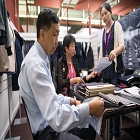
The exceptional number of visitors attending the various events was the result of a synergy developed between these impressive fashion trade shows featuring raw materials to finished garments. The Italian fashion network benefitted from the debut of finished clothing and footwear products inside Chic, accompanied by Milano Unica for the textile-accessories division, through the coordination between the Ice Agency, and the economic and institutional support of the Ministry of Economic Development.

After seven editions, the event is considered an essential point of reference. “The combined presentation with the fashion production chain is an example of the importance of creating a valid network, especially when it comes to distant markets,” said Silvio Albini, President of Milano Unica.
A total of 104 exhibitors displayed their offerings to 3,500 select visitors, the figures perfectly in line with the S/S edition held in March 2014. The Chinese market, is continuously evolving and currently undergoing a period of adjustment following the introduction of ‘new normality’, a result of the anti-corruption law passed by the government of Xi Jinping, welcomed Italian textiles and accessories with a new outlook. Following the constant growth in sales, a temporary halt in exports, especially for the woolen division had begun to worry Italian entrepreneurs operating at the initial phases of fashion production. However, after numerous seasons of overstocking, Chinese buyers showed a growing need to source fabrics.
As forecasted by experts at Bain & Company, the slowdown affecting the woolen division is expected to diminish, and export should become stable or even show signs of growth, thanks to a recovery of the ‘uniform’ market. Large Chinese companies that purchase formal outfits will create an important opportunity for classic-formal production. Italian firms are now witnessing change in the buying behavior of Chinese consumers, who are now moving to upper casual and sportswear products. This new tendency has motivated designers to innovate.
The passion of Chinese designers is demonstrated by special attention to exclusive products and services that only the Italian textile network is able to offer, like innovation, research and taste, that too in limited quantities. The Asian giant now seems to prefer small amount of unique products. Despite economic changes, the country's potential for growth is still very high because of the rise in purchasing power of the middle class consumers.
India's cotton exports have begun to pick up. For the first time this season ending September, Indian cotton became the cheapest in mid-February. Lower shipping charges to nearby destinations give the country an added advantage. Prices are at least five cents a pound cheaper than US cotton and two or three cents lower than African cotton.
Demand from China is almost nil but there have been enquiries from Bangladesh, Pakistan, Turkey, Indonesia and Vietnam. China has not issued any additional import quota this year. It has been trying to reduce record stocks that have been built up over the last couple of years. China’s ending stock will account for 56 per cent of global inventory despite its efforts to cut it.
Currently ample cotton is available in India, while the US and Brazil have almost sold out their produce. However, exports from India since the beginning of the season ending September have been lower compared with the same period a year ago. Exports are estimated to be 58 per cent lower compared with last year.
Though exports are picking up, there is no danger of the domestic market being starved of supply. The practice of spinning mills in south India buying cotton from West Africa later in the season could also help keep prices on leash.
Bangladesh plans to create a new sponsoring authority to oversee the country’s textile mills, making it mandatory for them to be registered with it. All existing textile units, according to the proposed law, will require getting registered with the authorities for obtaining support from the government and other trade bodies including financial institutions. If a textile factory fails to get enlistment from the sponsoring authority, it will not be allowed to work with the enlisted one under sub-contracting arrangement.
Believing textile mills have been set up in an unplanned and scattered way, the country feels now it is time to bring those under a system since safety and environmental issues have now emerged as a major obstacle for the country in satisfying overseas buyers. Mill owners say they are not against enactment of the law but not all textile mills have the ability to set up effluent treatment plants and are capable of ensuring all types of compliance issues in their factories. They say the government should make a plan to provide the necessary technical and financial support to small and medium capital-based factories.
According to the draft act, if factory owners fail to enlist their factories with the sponsoring authority, then the factory owner might be awarded up to three months’ imprisonment or a fine.
Invista's brand Cordura is launching a new range of fibers designed primarily for the development of knitted and woven fabrics. The high tenacity polyester fiber range is air jet textured for enhanced abrasion resistance, tensile and tear strength.
Cordura fabric is known for its resistance to abrasions, tears and scuffs. Finished Cordura fabrics made using these qualifying fibers can be printed, laminated or used in uncoated forms and are suited for products such as luggage, upholstery and backpacks, footwear, military equipment, tactical wear, work wear and performance apparel, outdoor clothing, high performance sportswear.
Cordura Nyco and Cordura Denim fabrics designed for work apparel feature the same Invista T420 technology. These nylon 6,6/cotton blend fabrics offer the comfort benefits of cotton-rich fabrics combined with exceptional durability and are particularly suitable for those environments where working conditions are at their most harsh. Cordura Nyco fabric is based on an intimate blend of cotton and T420 nylon 6.6 fiber. It is said to offer comfortable durability in military and tactical uniforms while providing abrasion resistance and no melt no drip thermal protective performance.
These fibers will be displayed at the upcoming Techtextil trade fair for technical textiles and nonwovens, Germany, May 4 to 7.
www.cordura.com/


